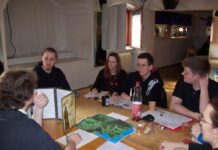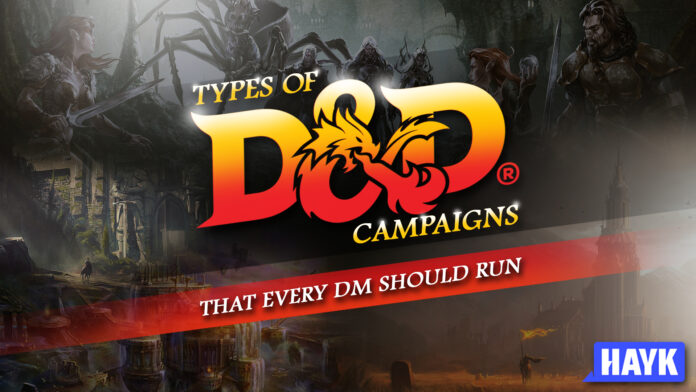
Running one type of D&D campaign content will almost always lead to burnout. To make your DMing journey more colorful than ever, you should widen your horizons by exploring different 5e D&D campaign types.
This list will explore more than three campaign types, including the most popular campaign now– the Elden Ring DnD Campaign. As you read deeper, you might learn some useful campaign ideas to keep your campaign exciting.
Contents of this Page
The Best D&D Campaign Types
1. Dungeon Crawl
Best for treasure hunters
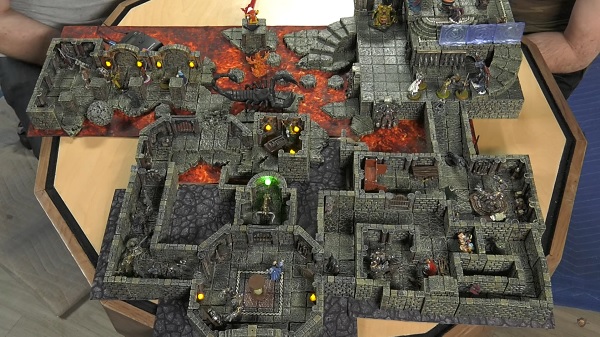
Rating:
DM Difficulty: 4/5
Player Difficulty: 4/5
Thrill Factor: 3.9/5
Repeatability: 3.5/5
The dungeon crawl is a classic D&D experience. This type of campaign emphasizes dungeon exploration, and the thrill of finding cool treasures. A tight-knit party can survive most dungeons, but the threat of death is ever present.
Introducing a dungeon crawl campaign is challenging. Not all players love trap-filled dungeons, so DMs must develop strong adventuring hooks. Through these hooks, players will get the motivation to delve the dungeon.
If you want to run a classic dungeon crawl content that’s fun, you can check out the official D&D 5E adventure, Dungeon of the Mad Mage. You don’t need to run the adventure from top to bottom. Just get the detailed dungeons and include them in your campaign.
2. Classic Adventure (or Fantasy)
Best for die-hard adventurers
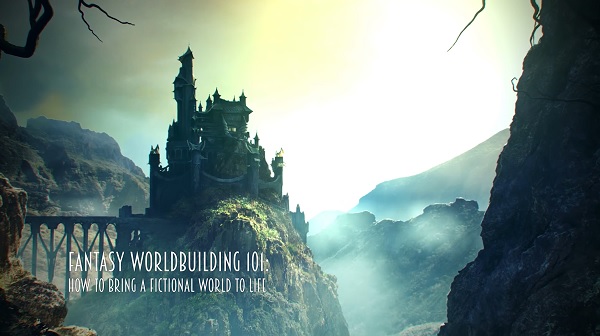
Rating:
DM Difficulty: 3/5
Player Difficulty: 3/5
Thrill Factor: 4/5
Repeatability: 4.5/5
Another part of D&D is the classic adventure (or fantasy) campaign. Think of Lord of the Rings, Monty Python, or even Game of Thrones. Fans of classic adventures love to achieve epic things such as slaying dragons, defeating large armies, unseating kings, and owning giant fortresses in the sky.
Beginner DMs should run a classic fantasy or adventure campaign because of its chapter-based scaling. As a DM, you can design encounters based on your players’ levels. You can even use players’ backstories to expand the game world further.
Preparing a classic adventure content is a long process. You might fall in the slippery slope of excessive worldbuilding, fantasy, or NPC design. To solve this problem, you must integrate the campaign lore piece by piece. Add mysteries as the players explore the locations in your world.
Prepare for all situations as well! Players are ingenious enough to come up of wacky situations in a fantasy session that can derail your campaign story. As much as possibly, you must ensure that your fantasy or adventure campaign is flexible yet fun.
3. Combat Grinder
Best for combat lovers
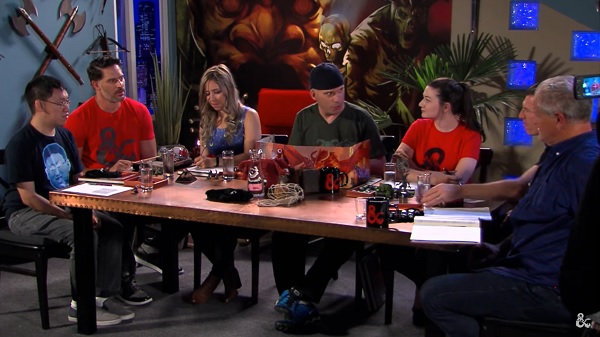
Rating:
DM Difficulty: 4/5
Player Difficulty: 3.9/5
Thrill Factor: 4/5
Repeatability: 4/5
While most campaigns are driven by story, combat grinders are all about spontaneous, bloody combat encounters. In combat grinders, the players focus on killing enemies and obtaining loot. A combat grinder campaign might also have a small element of dungeon crawl mixed with a sandbox approach.
Running a combat grinder is easy at first but tiring in the long run. You must introduce exciting locations continuously, or the players will lose interest. Don’t hesitate to steal one-shot ideas and implement them in your combat grinder campaign. Keep the combat wheel fresh, fun, and the major story short.
4. Theatrical
Best for RPers
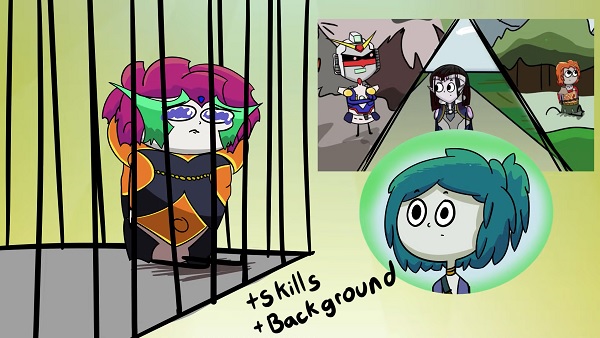
Rating:
DM Difficulty: 3/5
Player Difficulty: 3.9/5
Thrill Factor: 3.9/5
Repeatability: 4/5
A theatrical campaign is full of RP sessions. This campaign is the outlet of roleplayers and creative people, highlighting the importance of plot progression. It’s normal to have only a handful of combat encounters in a theatrical campaign.
Imbalance is the creeping disease of theatrical campaigns. Since players care only about roleplaying, they can’t maximize party synergy and class combinations. There are exceptions to this rule, but story-focused players tend to fumble on combats. Still, the DM can make adjustments on every encounter to keep the game fair.
Another problem with pure theatrical campaigns is spotlight hogging. In roleplaying, players can take the spotlight and act out their characters. Some players take this spotlight longer than others, decreasing the chance of equal roleplay. To deal with this problem on your table, you can use a stopwatch every time someone wants to roleplay deeply.
Theatrical campaigns are also slow. Players might stray from the main plot to follow subquests and enjoy new roleplaying moments. You can point players to the main plot, but some of them might think that you’re railroading. Simply emphasize that you’re not deliberately railroading but just letting the story move forward with fun and engagement in mind.
5. Political (Can be US inspired or not)
Best for Machiavellians
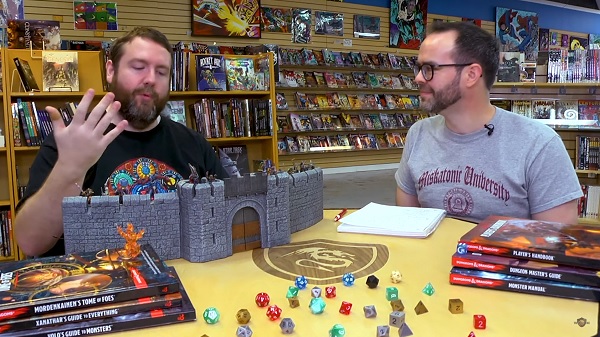
Rating:
DM Difficulty: 4/5
Player Difficulty: 3.9/5
Thrill Factor: 3.9/5
Repeatability: 4.5/5
A political campaign offers a decent combination of roleplay, combat, and simulation. Under this campaign, players will spend long sessions in negotiation tables and meeting rooms. The early phases of a political campaign are slow, but the climax is always worth the wait.
One cool aspect of a big political campaign is nation-building. You may wish to follow a US political theme. Maybe your players will get the chance to run their own colonies or islands. This level of simulation offers numerous side quests and chances for players to earn treasures.
If your campaign has a nation-building aspect, you should take a look at Pathfinder: Kingmaker. This adventure path is a true political sandbox, allowing players to do whatever they want. After finishing a few quests, the players can utilize Kingmaker’s nation-building mechanics such as structure templates, monthly upkeep, unlimited quests, and refillable adventuring supplies.
To keep a political campaign interesting and fun, you must add lively NPCs with mysterious agendas. Keep these NPCs’ stories out of the open so that the players will seek them.
6. Pure Evil
Best for Masterminds
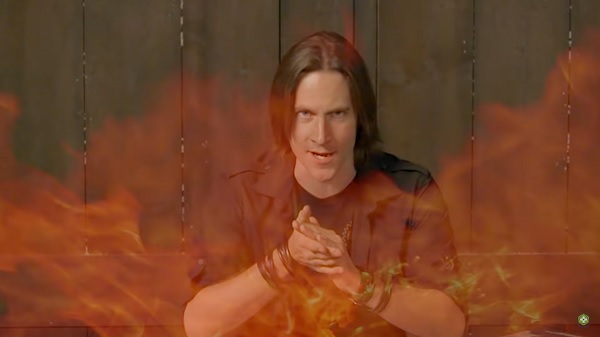
Rating:
DM Difficulty: 4.9/5
Player Difficulty: 4.5/5
Thrill Factor: 4/5
Repeatability: 4/5
Among the types of D&D campaigns, the evil campaign is the most notorious. One factor that makes an evil campaign notorious is the players’ motivations of being evil. Players with evil characters can disrupt the game by attacking everyone and looting anything that can be looted. In an evil campaign, everything is free game.
It’s still possible to make an evil campaign organized. First, you need to set limitations in your campaign’s Session Zero. Emphasize which acts have massive in-game repercussions. Second, make sure that you track all player’s actions methodically. Keep a fair balance between punishment and rewards. Lastly, remind your players that the evil campaign is just a game and it mustn’t break real-life friendships.
7. Cultivation (Wuxia)
Best for Kung Fu lovers
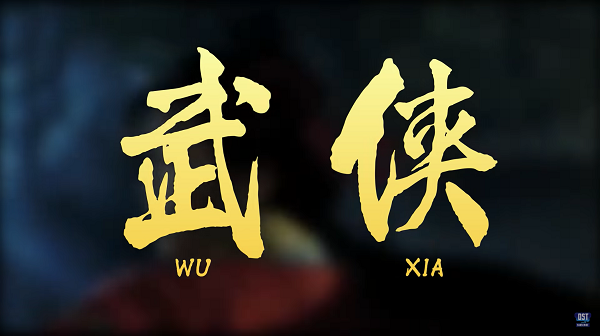
Rating:
DM Difficulty: 4/5
Player Difficulty: 4/5
Thrill Factor: 4/5
Repeatability: 3.5/5
One of the most unique campaign types of the past decade is cultivation or also known as Wuxia. In a Wuxia campaign, players take the role of martial heroes doing Kung-Fu and other fantastic things inspired by Chinese culture. If you want to see remarkable scenes, you should try running a cultivation campaign.
Cultivation campaign sessions are long. Players must deal with narrative situations like deep meditation, vision quests, and exploration. Combat is also challenging in a cultivation campaign since everyone can do Kung-Fu.
You might also encounter power creep in your Wuxia-inspired table. Power creep is the theoretical situation where everyone has obscene levels of power and efficiency. The improved power levels can change the campaign’s flow, requiring further DM input.
To expand your knowledge on Wuxia, try watching box-office hits like Crouching Tiger, Hidden Dragon, Hero, and The Forgotten Kingdom. These movies have excellent combat sequences and long scenes related to meditation or exploration.
8. Modern
Best for Gritty Realism lovers
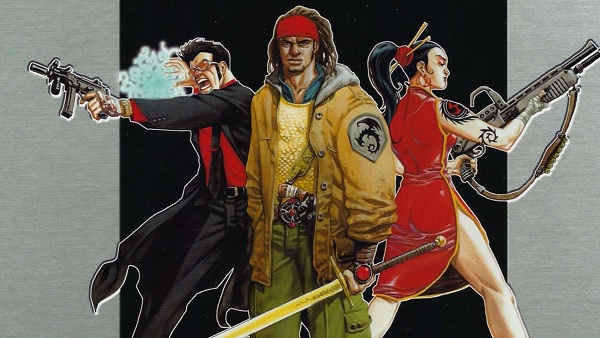
Rating:
DM Difficulty: 3.9/5
Player Difficulty: 4/5
Thrill Factor: 3.5 /5
Repeatability: 4/5
Playing a modern D&D campaign is an entirely different experience. You won’t encounter world-shattering monsters, extradimensional magic, and thieving goblins. Rather, a modern campaign introduces lots of guns and explosives. You can also find situations related to corporate hacking.
Since there’s no magic involved, modern campaign players should find new ways to solve their problems. Players can negotiate for weapons or political favors, but the chances of betrayal is nearly limitless.
Modern campaigns don’t have magic items as well. Still, players can find cursed or blessed items while exploring strange locations. These items are not game-breaking unless the DM wants to take a modern campaign to a low-magic setting.
If you’re planning to DM a modern campaign, you should add some interesting factions. Maybe the players can ally with any of these factions, or they can pit instigate an all-out civil war while reaping the benefits. Since you can’t build on magic and artifact power, faction politics is a tool that you can count on.
Quick Tips on Running a Successful Campaign
Do you want to know how to run a successful campaign without drowning on complicated tips? In this section, you’ll learn some important tips related to lore, combat management, and communication improvement.
Stop Excessive Loredumping
Loredumping is an activity enjoyed by many DMs but not players. Most players care about interaction and the immediate scene, while DMs love the process of creation. If you want to make your campaign successful, you need to set a balance between lore creation and lore-sharing.
Share your campaign world through the power of storytelling. Maybe you can describe a unique location related to the history of a kingdom. Bounty boards are also great opportunities to keep your players aware about persistent threats like savage races, doomsday cults, or mad scientists.
So, take it slow with loredumping. Your players will appreciate the gesture.
Use Combat Timers
Combat in D&D is dragging, especially if the party is large. The DM needs to facilitate all players’ actions including monsters and NPCs. You can’t change the nature of D&D combat in a snap, but you can use timers to speed up the process.
A 30-second timer is enough to let a player decide during a trivial (easy) encounter. As the encounters become more difficult, you can also increase the timer’s length. One minute is the standard for average encounters.
Utilize the Power of Environment
Campaign environment can drive narrative, combat encounters, and roleplaying. Instead of making the environment static, you should make it functional. Let your players know the difficulties of terrain. Inject potential plot clues in chests, urns, and unsuspecting rooms. It’s also possible to turn the environment into a powerful all-knowing enemy, as long as your players can join and handle the danger!
You can check out popular D&D forums and communities for free environment ideas. The D&D Beyond community is a big source of homebrew ideas and cool adventuring stories. Reddit is also filled with subreddits specializing on different D&D topics.
Make Periodic Session Reviews
D&D sessions are not just quick affairs. Every session reflects the quality of your campaign, so you need to observe and find areas of improvement. After a session, simply ask your players about the things they love and hate in your campaign.
Detailed session reviews will help improve your DMing style. Your players can even refer to the session reviews if ever they need specific information.
Communicate with Players Often
Communication is important in D&D as it is in life. Without proper means of communication, your sessions will slow down and encounter numerous problems like scheduling and general confusion.
To communicate with players properly, you can use a dynamic chat application such as Discord so they can join in the entire session. Discord allows direct messaging and the creation of custom channels. Now, server owners can even make threads to maintain flows of conversation without disrupting a channel. Facebook Messenger will also do the trick as long as you’re sincere in reaching out to your players.
Advanced Worldbuilding Tips for DMs
D&D Campaigns FAQ
What type of campaign should you take (as a beginner)?
Answer: The best type campaign for beginners is classic adventure. This campaign content usually starts easy in any type of adventure place and becomes more difficult as the battle against the antagonist draws near. The DM can even run the campaign adventures in a chronological or sandbox manner.
What campaign type has the tendency to become unbalanced?
Answer: Evil campaign content can go off the rails easily, but it all depends on the DM’s management skills. If the DM wants to have chaos from the beginning, any campaign will lose its balance quickly.
Is an evil campaign always problematic?
Answer: Not all the time, but an evil campaign has red flags that any DM should be aware of. Some of these red flags are excessive violence, taboo themes, and overly insulting language.
How should a DM keep a campaign balanced?
Answer: Balancing a campaign content requires adaptation, management skills, and authority. If you’re the DM, you must sense when an encounter is too overpowered or if the players are getting too much rewards. Unexpected things will also happen, so you should prepare for those.
What are the best D&D supplements for any campaign?
Answer: The best D&D sourcebooks are Mordenkainen’s Tome of Foes, Monster Manual Expanded, Tasha’s Cauldron of Everything, Volo’s Guide to Monsters, and Volo’s Guide to Everything. DMsGuild also has a repertoire of affordable sourcebooks from different authors and publishing companies. These digital books can expand your worldbuilding process and offer tremendous extra options for your players.
Conclusion
For us, the perfect campaign type doesn’t exist. Whether you’re a professional or a beginner DM, you can always benefit from understanding all D&D campaign types. Perhaps you can even try combining two campaign types, creating a whole new experience for your players.
Are you ready to try any of the campaign types we’ve discussed? Share us your thoughts in the comments below!
Recap – Types of D&D Campaigns
1. Dungeon Crawl – Best for treasure hunters
2. Classic Adventure – Best for die-hard adventurers
3. Combat Grinder – Best for combat lovers
4. Theatrical – Best for RPers
5. Political – Best for Machiavellians
6. Pure evil – Best for Masterminds
7. Wuxia – Best for Kung Fu lovers
8. Modern – Best for Gritty Realism lovers


